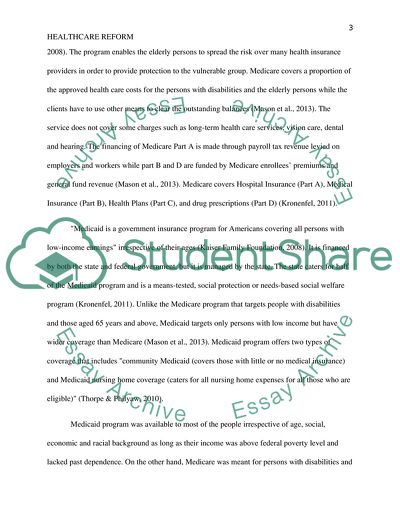Cite this document
(Healthcare Reform and Its Effect on Dual Coverage on Medicare Essay, n.d.)
Healthcare Reform and Its Effect on Dual Coverage on Medicare Essay. https://studentshare.org/health-sciences-medicine/1837418-what-is-healthcare-reform-and-how-it-effects-duel-coverage-for-those-on-medicare-and-medicaid
Healthcare Reform and Its Effect on Dual Coverage on Medicare Essay. https://studentshare.org/health-sciences-medicine/1837418-what-is-healthcare-reform-and-how-it-effects-duel-coverage-for-those-on-medicare-and-medicaid
(Healthcare Reform and Its Effect on Dual Coverage on Medicare Essay)
Healthcare Reform and Its Effect on Dual Coverage on Medicare Essay. https://studentshare.org/health-sciences-medicine/1837418-what-is-healthcare-reform-and-how-it-effects-duel-coverage-for-those-on-medicare-and-medicaid.
Healthcare Reform and Its Effect on Dual Coverage on Medicare Essay. https://studentshare.org/health-sciences-medicine/1837418-what-is-healthcare-reform-and-how-it-effects-duel-coverage-for-those-on-medicare-and-medicaid.
“Healthcare Reform and Its Effect on Dual Coverage on Medicare Essay”. https://studentshare.org/health-sciences-medicine/1837418-what-is-healthcare-reform-and-how-it-effects-duel-coverage-for-those-on-medicare-and-medicaid.


